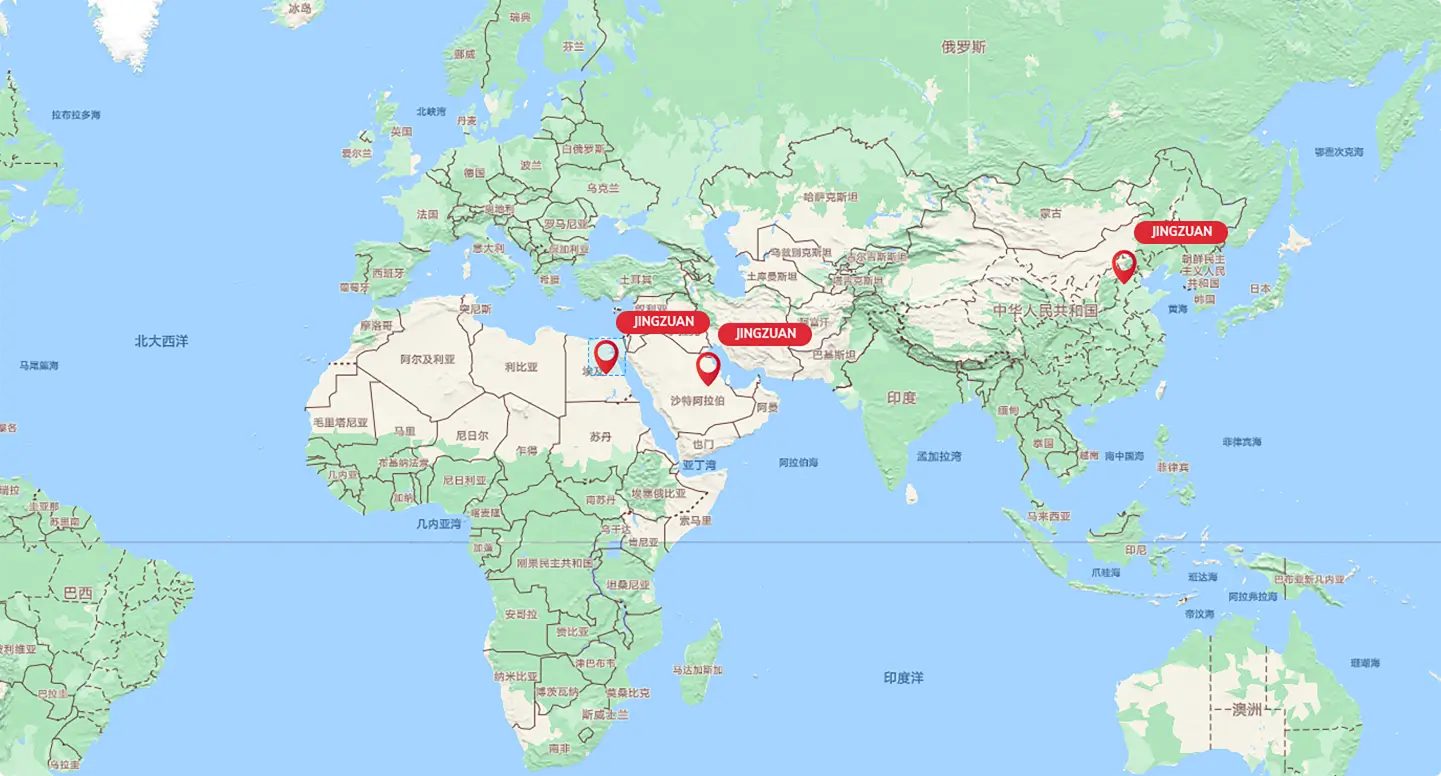
Nov . 29, 2024 23:37 Back to list
Understanding Redispersible Polymer Powder HS Code and Its Applications in Construction
Understanding Redispersible Polymer Powder and Its HS Code
Redispersible polymer powder (RDP) is a type of polymer that finds extensive applications across various industries, particularly in construction, coatings, and adhesives. When it comes to international trade, understanding how these products are classified is crucial for manufacturers, exporters, and importers. This article will delve into RDP, its applications, and the significance of the Harmonized System (HS) code associated with this product.
What is Redispersible Polymer Powder?
Redispersible polymer powder is a dry, free-flowing powder that can be mixed with water to form a stable, homogenous dispersion. These powders are typically produced through spray-drying emulsions of polymers, which enables them to be easily incorporated into various formulations. RDPs are known for their ability to improve the mechanical and application properties of end products.
Some common types of polymers used to produce RDPs include
- Vinyl Acetate Used for its excellent adhesion and flexibility. - Acrylics Known for their superior weather resistance and durability. - Styrene-Acrylic Combines the properties of both styrene and acrylic for enhanced performance.
Applications of Redispersible Polymer Powder
Redispersible polymer powders are predominantly used in the construction industry, where they enhance the performance of cement-based products. Some key areas of application include
2. Dry Mix Applications In dry mix products, such as wall putty and screeds, RDPs contribute to better bonding and open time, which allows for adjustments during application.
3. Coatings In paints and coatings, RDPs serve as binders that improve adhesion to various substrates while enhancing the overall durability of the product.
4. Adhesives In the adhesive industry, RDPs are essential for formulating products that need strong bonding properties and resistance to environmental conditions.
5. Other Building Materials RDPs can also be utilized in other building materials like wall panels, ceilings, and insulation materials, providing benefits such as thermal insulation and soundproofing.
redispersible polymer powder hs code

Significance of HS Code for Redispersible Polymer Powder
The Harmonized System code is a standardized numerical method developed by the World Customs Organization (WCO) to classify traded products. It is crucial for international trade as it helps determine tariffs, gather trade statistics, and maintain control on imports and exports.
For redispersible polymer powders, the HS code typically falls under a specific chapter related to chemicals and allied products. The correct classification of RDP under the HS code ensures that businesses comply with international trading regulations, enabling smoother logistics and preventing potential legal issues.
In many cases, the HS code for RDP can be categorized in Chapter 39 (Plastics and articles thereof) or Chapter 38 (Chemical products not elsewhere classified). A precise classification helps avoid misunderstandings with customs authorities, ensuring that products are cleared without unnecessary delays.
Importance for Manufacturers and Traders
For manufacturers and traders in the RDP market, understanding the relevant HS codes is vital. Proper classification can influence
1. Tariff Rates Different HS codes can attract various duty rates, impacting the overall cost structure of trading activities.
2. Regulatory Compliance Specific products may have additional documentation or regulations associated with them, which can vary by code.
3. Market Access Knowledge of applicable HS codes can open up market opportunities by ensuring compliance with local import/export requirements.
4. Data Analysis Tracking trade statistics becomes easier with accurate HS code classification, allowing businesses to inform their strategic planning.
Conclusion
In conclusion, redispersible polymer powder is a versatile product with significant applications in construction and other industries. Understanding its classification under the Harmonized System code is essential for effective international trade. By ensuring accuracy in HS code designation, manufacturers and traders can navigate the complexities of global commerce, optimize their operations, and enhance their market competitiveness. As the demand for RDP continues to grow, staying informed about its characteristics and the implications of its classification becomes increasingly critical for businesses.
-
Versatile Hpmc Uses in Different Industries
NewsJun.19,2025
-
Redispersible Powder's Role in Enhancing Durability of Construction Products
NewsJun.19,2025
-
Hydroxyethyl Cellulose Applications Driving Green Industrial Processes
NewsJun.19,2025
-
Exploring Different Redispersible Polymer Powder
NewsJun.19,2025
-
Choosing the Right Mortar Bonding Agent
NewsJun.19,2025
-
Applications and Significance of China Hpmc in Modern Industries
NewsJun.19,2025







